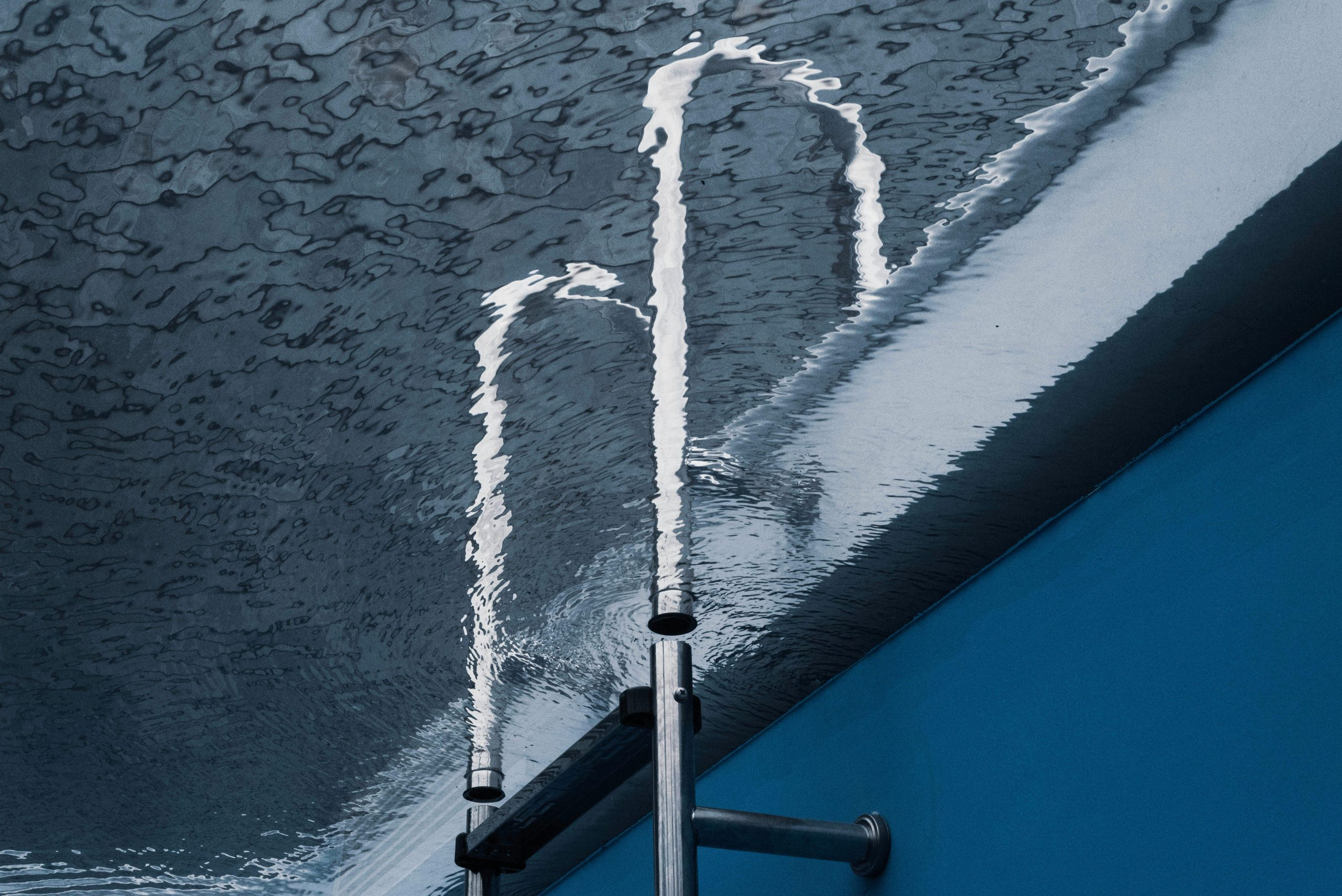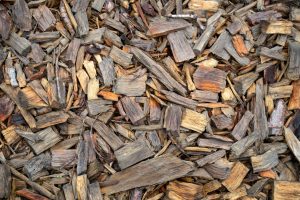Cookware Materials: Stainless, Nonstick, or Cast Iron?
When it comes to cooking, the materials used in our cookware can have a significant impact on the outcome of our dishes. With so many options available, it can be overwhelming to choose the right cookware for our kitchen. Among the most common materials used in cookware, stainless steel, nonstick, and cast iron are widely used and preferred by many. Each material has its own unique features, benefits and drawbacks. In this article, we will discuss these cookware materials in detail to help you make an informed decision for your next cookware purchase. 
The Versatility and Durability of Stainless Steel Cookware
Stainless steel is a popular choice for cookware due to its durability and versatility. It is made by combining various metals like chromium and nickel, giving it a strong and long-lasting finish. This material is also non-reactive, which means it does not leach into food, making it safe for cooking. Another advantage of using stainless steel cookware is its non-porous surface, which prevents the transfer of flavors and odors between dishes. Moreover, stainless steel cookware is dishwasher safe and easy to clean, making it a convenient choice for everyday use in the kitchen.
The Pros of Stainless Steel Cookware:
– Durable and long-lasting
– Non-reactive and safe for cooking
– Non-porous surface prevents flavor transfer
– Easy to clean and dishwasher safe
The Cons of Stainless Steel Cookware:
– Poor heat conductivity
– Food can stick to the surface if not properly seasoned
– More expensive than other materials
The Convenience and Nonstick Properties of Nonstick Cookware
Nonstick cookware is another popular choice among home cooks and professional chefs alike. It is typically made with a base material like aluminum, coated with a nonstick surface. This allows food to release easily from the pan, making it a convenient option for cooking delicate foods like fish, eggs, and pancakes. The nonstick surface also requires little to no oil or butter, making it a healthier cooking choice. Additionally, nonstick cookware is relatively easy to clean and maintain, making it an attractive option for those with busy lifestyles.
The Pros of Nonstick Cookware:
– Food releases easily from the pan
– Requires little to no oil for cooking
– Easy to clean and maintain
The Cons of Nonstick Cookware:
– Can scratch or peel with use
– Not suitable for high heat cooking
– Can release harmful fumes if overheated
The Superior Heat Retention of Cast Iron Cookware
Cast iron is a classic cookware material that has been used for centuries. It is made by pouring molten iron into a mold, giving it a thick and heavy bottom. The advantages of cast iron cookware are its superior heat retention and even distribution, making it ideal for searing and braising. It also develops a naturally nonstick surface with proper seasoning, making it an excellent material for cooking a range of dishes. Moreover, cast iron is affordable and incredibly durable, with some families passing down their cast iron cookware for generations.
The Pros of Cast Iron Cookware:
– Superior heat retention and even distribution
– Naturally nonstick surface
– Affordable and durable
The Cons of Cast Iron Cookware:
– Heavy and can be difficult to handle
– Requires regular seasoning and maintenance
– Reactive to acidic foods
Final Thoughts
Choosing the right cookware material can have a significant impact on the taste and quality of our cooking. While each cookware material offers its own unique features and benefits, it ultimately boils down to personal preference and specific cooking needs. For those who prioritize durability and versatility, stainless steel cookware is an excellent choice. For those in search of convenience and nonstick properties, nonstick cookware is a suitable option. And for those who value superior heat retention and flavor development, cast iron cookware may be the way to go. Whichever material you choose, proper care and maintenance will ensure that your cookware lasts for many delicious meals to come.










